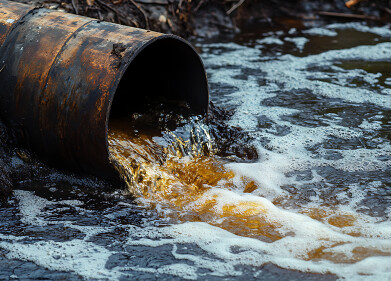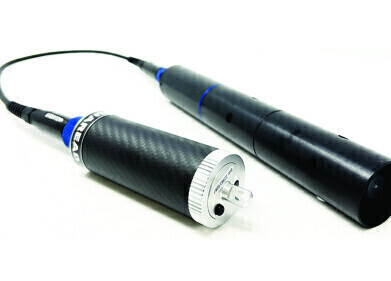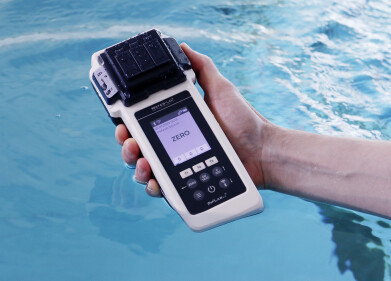Water/Wastewater
New, Fully Automatic and Self-calibrating Micro-volume, In-line pH Monitor Offers Ideal Solution for a Host of Different Applications
Jul 11 2017
HORIBA has launched the UP-100, a micro-volume in-line pH monitor which has uses in many applications and sectors including water/waste water, bio reactors, food and drink processing, pharmaceutical, chemical manufacturing and the semiconductor industry. The unit is programmable, fully automatic, self-calibrates and can provide continuous operation without user intervention for up to six months.
When connected to a storage vessel containing - or a pipe conveying - a liquid product for which the pH level must be monitored, the UP-100 is able to take a small sample (only 0.5mL), as frequently as once per minute if required, determine its pH level and then dispose of the tested sample to waste; thus removing any risk of contaminating the product.
Stuart Knight, Director of HORIBA UK, comments: “Many industrial processes require continuous pH monitoring. Even if a reading can be taken in just 10 minutes, that equates to about 60 hours when extrapolated over the course of a year, assuming only one sample per day. The UP-100 is therefore a cost-effective aid to any process that requires frequent pH monitoring for data acquisition and/or control purposes.”
The UP-100 covers the full pH range of 0 to 14 and comprises two parts; a sensor unit and a controller. The sensor unit includes a pH sensor, a pump, two reference solutions (needed for auto-calibration) and a Potassium Chloride (KCl) solution for the automatic replenishment of the pH sensor’s glass electrode. The controller, which connects to the sensor unit via a 5m cable as standard [with other lengths available], can be programmed via a simple user interface. The controller also displays the pH level of the most recent sample (or the electrode’s voltage if preferred) and its temperature in oC.
The controller also has an RS-485 connector for data I/O and enables the UP-100 to be programmed remotely. In addition, there is an analogue output (industry standard 4 to 20mA) proportional to the most recent pH reading, allowing the UP-100 to connect directly to a PLC or alarm.
The monitor boasts a repeatability figure of +/-0.1pH when calibrating against its internal pH4 buffer and a stability of +/- 0.1pH per hour; also against its pH4 buffer.
Knight concludes: “The UP-100 is a highly capable automatic pH monitoring system. In addition to the time it saves, when compared to manually checking pH levels, it also saves money when testing a high value product, because the UP-100 requires only a small quantity of the sample to produce an accurate reading.”
Digital Edition
AET 28.4 Oct/Nov 2024
November 2024
Gas Detection - Go from lagging to leading: why investment in gas detection makes sense Air Monitoring - Swirl and vortex meters will aid green hydrogen production - Beyond the Stack: Emi...
View all digital editions
Events
Dec 02 2024 London, UK
Dec 03 2024 Dusseldorf, Germany
Dec 11 2024 Shanghai, China
Jan 12 2025 Abu Dhabi, UAE
Jan 14 2025 Abu Dhabi, UAE













.jpg)





